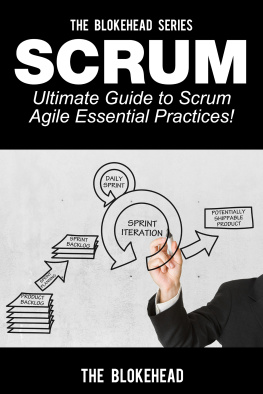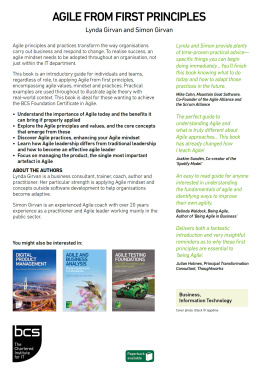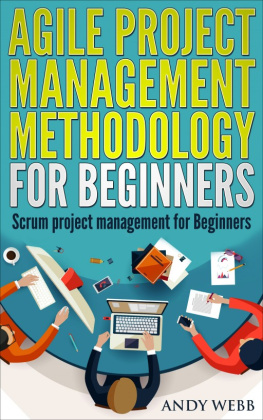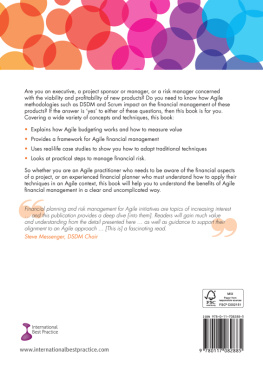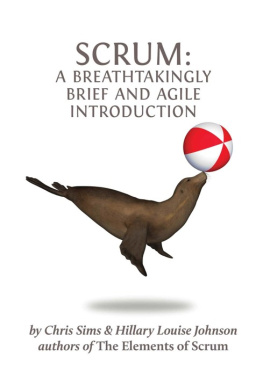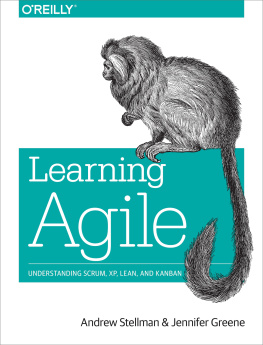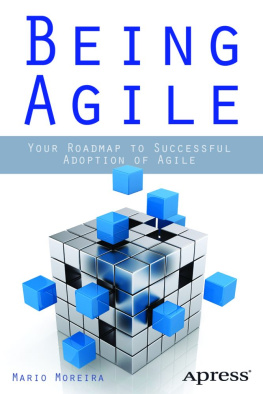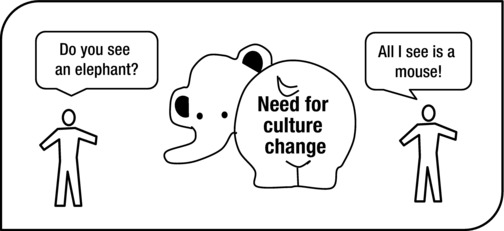1. Getting Started
Abstract
Throughout the history of the human species, people have learned to adapt to the environment. When the weather got too cold during the ice ages, Northern Hemisphere peoples either migrated south or adapted their clothing to live in the cold. People have adapted their eating habits, tools, and resistance to certain germs. Theories of physical and cultural evolution postulate that successful human populations and processes continuously adapt to their environments.
Adapt or perish, now as ever, is natures inexorable imperative.
H. G. Wells
Throughout the history of the human species, people have learned to adapt to the environment. When the weather got too cold during the ice ages, Northern Hemisphere peoples either migrated south or adapted their clothing to live in the cold. People have adapted their eating habits, tools, and resistance to certain germs. Theories of physical and cultural evolution postulate that successful human populations and processes continuously adapt to their environments.
As a complex process practiced by a specialized subpopulation in a rapidly changing technological and business environment, we are under constant adaptive pressure to evolve. Somewhere along the way, however, many of us in the world of software development have grown content with fixing long-term goals, and we resist adaptive pressures to make corrective course changes. This conservative inertia has definitely gotten in the way of how we do business, clogging it with unwieldy upfront requirements and inflexible planning. The good news is that companies are seeing the benefits of moving back to a more adaptive approach.
Agile has secured its place within the software development community where it originated and evolved, and now Agile is spreading into many other areas of the professional workplace, where its embrace of adaptive feedback can help businesses thrive. Many are seeing that a more iterative approach allows them the flexibility to adjust to the changing needs of customers and the continuous churning of market conditions. Many others would like to apply Agile effectively because they are hearing it from all corners of their professional life.
No matter how prevalent and popular the adoption of Agile has become, getting started with Agile and then continuing to apply its methods and practices remain significant challenges. This is what I call doing Agile, by which I mean mechanically applying Agile methods and practiceswhether they are Scrum, eXtreme Programming (XP), Kanban, Test Driven Development (TDD), or any of the many other variants. More important than the selection of a particular style of Agile, however, is the art of learning how to live Agile values and principles to transform Agile mechanics into Agile mindset. This is what I call being Agile.
Purpose of This Book
The purpose of this book is to help you and your organization not only apply Agile methods and practices (do Agile) but transform yourselves to an Agile mindset and live in an Agile culture (be Agile) grounded in Agile values and principles, customer value, continuous customer engagement, and employee engagement.
The more you empower teams within your organization to self-organize and draw out valuable employee knowledge, the more integrally and continuously you incorporate customer feedback into your development process; the more responsively and sensitively your product team and organization adapt to customer needs and changing market conditions; the more your organization will thrive and profit from the benefits of Agile.
Throughout this book, I offer guidance, lessons, and tips regarding the adoption of Agile. Some of these might seem obvious and derived from the principles and values, yet they often are missed, neglected, or glossed over. Commonsense considerations about adopting and implementing an Agile culture change are often the elephant in the room. Individuals in any company are generally reluctant to expose themselves to embarrassment if they point out things that might seem blindingly obvious or ask questions that might reveal an embarrassing knowledge gap. A prime example is knowledge of Agile itself.
Many people pretend or imply by their silence that they know what Agile is, but they really have only a vague idea. If they dont understand what Agile is, they cant understand its benefits. Certainly if they dont understand how to do Agile, they cant understand what it means to be Agile. Another example is that some folks suppose that introducing Agile is a minor change. They fail to see the elephant in the room (see Figure ): adopting Agile requires significant organizational change in order to transform their culture and produce major benefits.
Figure 1-1.
Agile elephant in the room. Agile requires a culture change, but most only want to apply tool and process changes
What You Will Learn
This book is a roadmap designed to help you consider, understand, deploy, and adapt Agile methods and practices within an organization and on an Agile team. More important, it will help you understand the Agile mindset to not only do Agile but be Agile to truly achieve a transformation and the business benefits it can provide. It is intended to be a pragmatic guide, and as such is neither exhaustive nor prescriptive. The guidelines in this book apply equally to situations when a team is embarking on new product development following Agile or to existing legacy products that are introducing Agile. With new product teams, the material in this book can help the team prepare for activities to achieve an Agile transformation. With legacy product teams, aspects of this book may be used to help examine current thinking and then adapt current mindsets and processes. These guidelines are also meant to apply to the whole organization, because being Agile requires buy-in across the enterprise.
This book will help you embrace Agile values and principles, adopt the methods and practices of Agile and, more important, enable you to cross the chasm between doing Agile to being Agile. In particular, Being Agile :
Presents a methodical yet adaptable approach toward Agile transformation, encapsulated in a readyimplementcoachhone (RICH) model that can be easily understood and followed.
Advocates a framework in which values, customer engagement, employee engagement, and an Agile process can lead to an increase in sales and productivity, incorporated in the Agile Value to Incentive Differentiator (AVID) framework.
Provides a mechanism for evaluating your level of alignment to the Agile values and principles, encapsulated in the Agile Mindset, Values, and Principles (Agile MVP) Advisor.
Promotes a special focus on value-added work (VAW) that features customer work as valuable and an accompanying value capture metric.
Models how to implement Agile at both the product team level and the organizational level.
This book maps the path for adopting and adapting Agile in such a way as to gain the full benefits that you desire from the Agile transformation. The topics that this book focuses on include:


